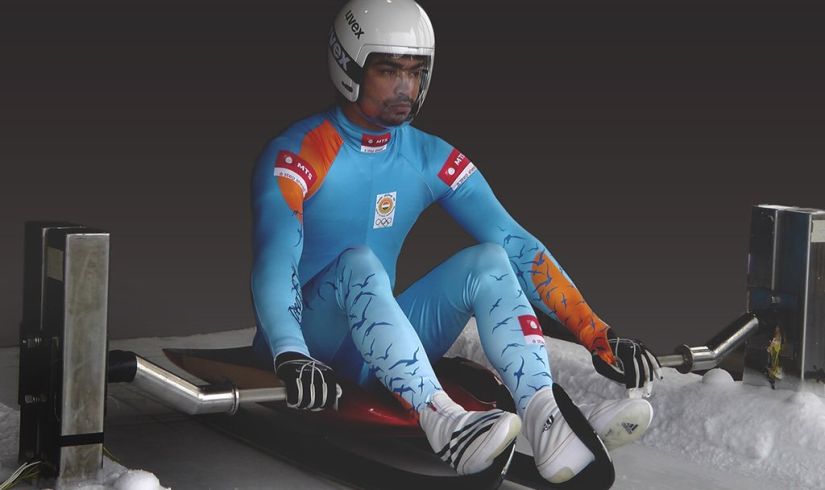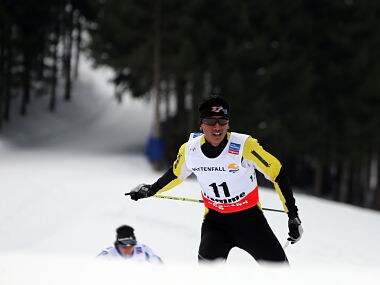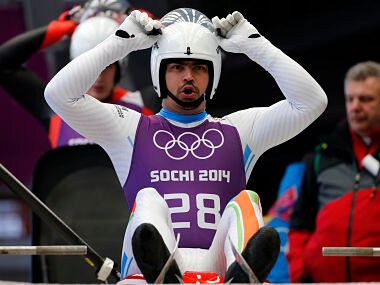It's called the most precisely timed of all sports, considering it is one of the few Olympic disciplines timed to 1/1000 of a second. Welcome to the world of luge, one of the three sliding sports which will take centrestage at the 2018 Winter Olympics.
One of the most exciting sports on the Winter Olympics program, it's not uncommon to see luge races being won or lost by .001 second despite there being three to four cumulative minutes of racing.

File image of Indian luge pilot Shiva Keshavan. Image courtesy: Twitter/@100thofasec
Here’s an in-depth look at luge, which will see India’s Shiva Keshavan compete for the sixth, and possible last, time in Pyeongchang.
Olympic sport since: 1964
Categories: Men’s singles, women’s singles, doubles, team relay
Biggest contenders: Ever since the sport was introduced in the Olympics, the Germans have dominated, winning 31 luge gold medals. The rest of the countries have 13. Combined!
So it should come as no surprise that Germany’s Felix Loch (men's singles) will be one of the hot favourites for a medal along with compatriots Tatjana Huefner and Natalie Geisenberger (both women's singles).
Event schedule: From 7 February to 15 February
Medals at stake: Four
How does it work?
A luger, or a luge pilot, has to slide down a luge track on a sled which does not have mechanical breaks. In both men’s and women’s singles events, the competition takes place over two days, with two runs on each day. The four times are then added up, with the fastest total time determining the winner.
In case of the doubles event, both men and women can participate. A doubles team can comprise of any of these combinations: two males, two females, or a male and a female. The duo comprising a team will slide down the track on a single sled.
In the mixed team events, one male luger, one female luger and a doubles pair form a team. Each team has three runs: the women’s singles run happens first, followed by men’s singles and the doubles. When the previous luger hits the touch pad on the starting line, the next teammate/teammates start(s). The results for the team relay event are calculated from the time the women’s singles run starts to the time the doubles pair finishes.
A visual breakdown of what a luge run looks like
Published Date: Feb 05, 2018 19:40 PM | Updated Date: Feb 05, 2018 19:54 PM




















